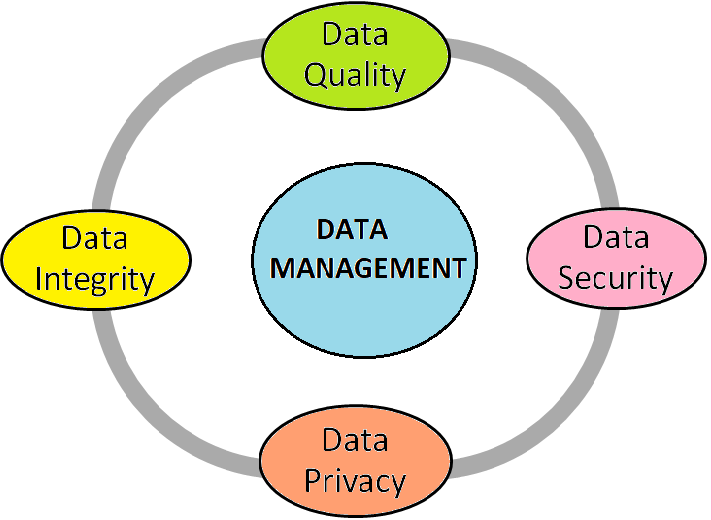Data Management Series-I
Managing data and information is crucial for an enterprise and especially to implement a successful business intelligence project. Information/data is a key to success in any field whether it is research or business. You might have come across the words, when you have to handle a dataset, such as Data Management, Database Management System (DBMS), Data Governance, Data Quality, Big Data, Data Mining, Data Warehousing and Master Data Management. Many a time these words appear the same; however, all are different but related to each other and have their own importance. Let us understand meaning and application of each one of them in brief.
Data Management: It is the practice of organizing and maintaining data processes to convene ongoing information lifecycle needs. Data management tasks include the creation of data governance policies, analysis and architecture; database management system (DBMS) integration; data security and data source identification, segregation and storage.
Data Governance: It is the overall management of the availability, usability, integrity and security of data used in an enterprise. It includes a governing council, defined procedures (SOPs) and an execution plan.
Data Quality: It is the driving force behind the most data governance activities. It contains processes used to measure & improve the quality of data.
Master Data Management (MDM): This is the discipline of data governance that establishes a master reference to ensure consistent use of data across large organizations. It also provides a platform to enhance data quality.
Meta-Data: It is a set of data that describes and gives information about other data. It is the information about the data collected: what, why, when and how. It shares some common end-results with MDM.
Data Warehousing: It is a central repository of all type of data collected by an enterprise from one or more data sources. It is an electronic storage of a large amount of information designed for query resolution and analysis instead of transaction. It is also known as Business Intelligence (BI) solution.
Big Data: It describes the large volume of data both structured & unstructured. It may be analysed computationally to reveal patterns, trends and associations, especially on human behaviours and interactions. There are five components of Big Data i.e. volume, variety, velocity, veracity and value (worthiness).
Data Mining: Data mining and big data analytics both deals with a large amount of data; however they are not the same. Data mining is also known as knowledge discovery mainly used in statistics, machine learning and intelligence. It comprises:
-
- data extraction, data transformation and data loading
- managing, accessing & storing data
- data analysis
- user interface
Hence, a proper understanding of the word and its usage may give you confidence in using the correct taxonomy of data management, as per your requirement, whether research or business.
Summarising data management: it provides you with data quality, data integrity, data privacy and data security.
Please watch out for my next blog on Data Management: Steps & Process in clinical research.
Keep reading my blogs!!!
Last modified: 21/11/2019







